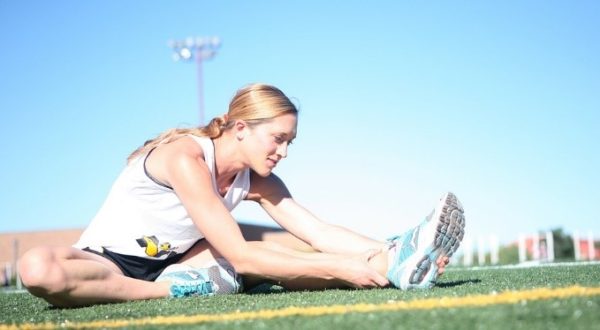How to Look out for Sports Related Injuries

If you’re an athlete, or a parent of a child who plays an organized sport, you’re familiar with injuries.
Sports related injuries are a common occurrence in young athletes. In fact, more than 3.5 million children ages 14 and younger get hurt annually by engaging in sports and other recreational activities, with strains, sprains, and stress fractures being the most common.
Although common, sport injuries can be avoided by taking preventative measures. Check out these tips that can help you or your athlete play it safe on the field.
Pre-Participation Physical
The goal of a pre-participation physical exam is to promote the health and safety of an athlete prior to participating in activity. The physical exam allows for the screening, prevention, and treatment of any conditions. This can be done at your family doctor’s office.
Warm Up and Cool Down Properly
Warming up before athletic activity helps reduce muscle soreness and can lessen your risk of injury.
Warming up involves gradually bringing the heart rate up from the resting level and increases the temperature and flexibility of your muscles. Common warm-ups include:
Cooling down is just as important as warming up. After physical activity, your heart is beating faster than normal. If you stop exercising suddenly, you could pass out or get sick. Cooling down after your workout allows for a gradual recovery of pre-exercise heart rate and blood pressure.
Take Time Off
We get it, you want to be the best at what you do, and the old saying goes “practice makes perfect.” But sometimes, practicing too much can cause wear and tear on your body, making it more prone to injury. Plan to have at least 1 day off per week for your body to recover.
Know Your Level of Fitness
It is important to maintain a good level of overall fitness. However, you shouldn’t exert yourself over the level you feel comfortable with. To enhance your fitness level, gradually increase intensity and duration of training, but remember the 10 percent rule: Do not increase your activity, distance, intensity, weight lifted, or length of your exercise session by more than 10 percent per week.
Wear the Right Gear
Wearing the right protective gear can help reduce injuries in sports. Players should wear appropriate and properly fitted protective equipment such as goggles, helmets, mouth guards, face guards, and pads. However, players should not assume that helmets or protective gear will prevent all injuries while performing more dangerous or risky activities. Sports equipment should also be in good, working condition. Any damaged items should be repaired and replaced.
If you want added protection, 2nd Skull offers protective headgear that is scientifically engineered to reduce impact. The core component material remains soft and flexible at rest but can momentarily harden under sudden pressure. Click here to find out more about 2nd Skull’s technology.


